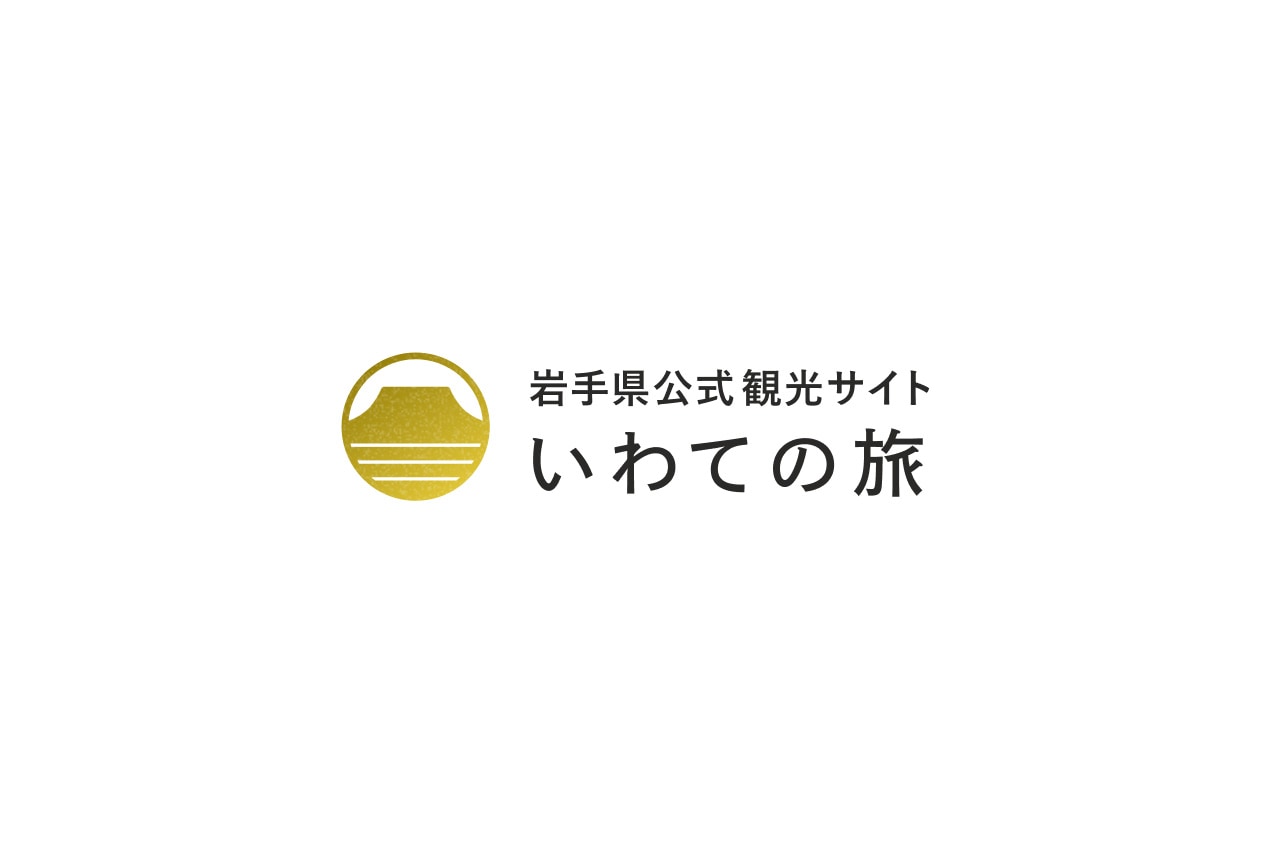MODEL COURSE
Hiraizumi Station
Motsuji Temple [World Heritage Site]
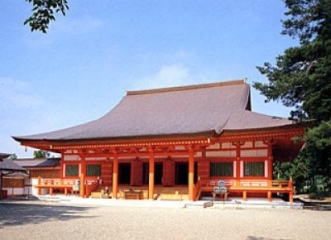
Motsu-ji Temple, a separate head temple of the Tendai sect, is called Iiozan (Mt. Iio) and was founded by the great priest Jikaku in 850.
In the late Heian period (794-1185), Motohira (the second Fujiwara lord of Oshu) and Hidehira (the third Fujiwara lord of Oshu) built a magnificent temple complex, including Kondo Enryu-ji and Kasho-ji.
Although the temple buildings of those days were regrettably destroyed by fire due to repeated disasters, the " Pure Land Garden" centering on Oizumigaike Pond and the remains of Heian-period temple buildings have been preserved in almost perfect condition and have been designated as both a Special Historic Site and a Special Place of Scenic Beauty by the national government.
Hiraizumi Onsen Eternal Hot Spring

100% natural hot spring
Detailed Destination InformationHiraizumi Cultural Heritage Center
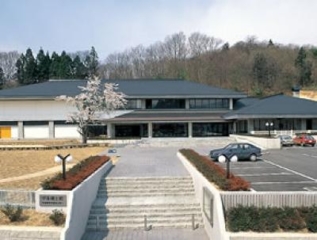
On April 14, 2009, Hiraizumi Town integrated the Hiraizumi Local Museum and the Town Cultural Heritage Center to open the Hiraizumi Cultural Heritage Center. As a guidance facility that provides an easy-to-understand introduction to Hiraizumi's cultural heritage, and as a visitor center for sightseeing in the town, it introduces a wide range of Hiraizumi's history and culture.
Detailed Destination InformationChusonji Temple [World Heritage Site]
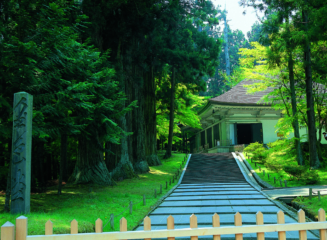
This is the main temple of the Tendai sect of Buddhism in the Tohoku region. The name of the mountain is Kanzan, and Jikaku Daishi is the founder of the temple.
In the early 12th century, Kiyohira, the first generation of the Oshu Fujiwara clan, built a number of pagodas, including a pagoda and a two-story hall.
The purpose was to comfort the souls of those who died in the long wars of the Former Nine Years' War and the Later Three Years' War, and to build a Buddhist land.
Although the pagodas were sadly destroyed by fire in the 14th century, the temple is still a treasure house of Heian art, containing over 3000 national treasures and important cultural properties, including Konjikido.
Takadate Gikeido
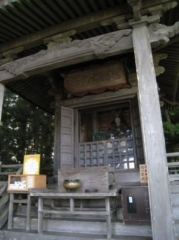
Takadachi is a hill located to the east of Chuson-ji Temple, and is also called Hangandate. Although it is now narrow due to erosion by the Kitakami River, this area has been considered a great strategic point since the Kiyohira era. At the top of Takadate is Yoshitsune Hall, which was built in 1683 by Sendai Date Tsunamura, and a statue of Yoshitsune is enshrined inside the hall. If you look at Takadate from the opposite bank of the Kitakami River, you will see Gikeido Hall on top of the hill surrounded by trees. It has an atmosphere as if Minamoto no Yoshitsune, the general of Hakko, is standing there.
Detailed Destination InformationMuryokoin Ruins [World Heritage Site]
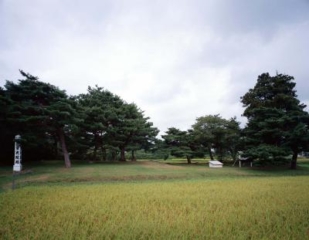
Muryoko-in Temple, built by the third generation Hidehira, is modeled after the Phoenix Hall at Uji Byodo-in Temple. Hidehira Temple was adjacent to the Garan Imperial Palace, where he lived. Most of the ruins have been turned into rice paddies, but the ruins of the pond, Nakajima, and temple foundation still remain. According to the results of the excavation survey conducted in 1952, it was a magnificent temple, with the axis of the temple running from east to west passing through the east gate, bridge, middle island, and bridge hall, and beyond which one could see Mt. Kinkeizan. It is known that
Detailed Destination InformationRoadside station “Hiraizumi”
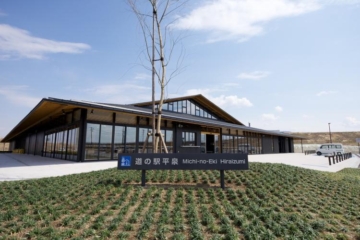
Roadside Station Hiraizumi opened on April 27, 2017.
In addition to fresh produce produced by local farmers, the farm-fresh corner sells delicious items such as doburoku and wine that are designated as special zones.
Hiraizumi Station




